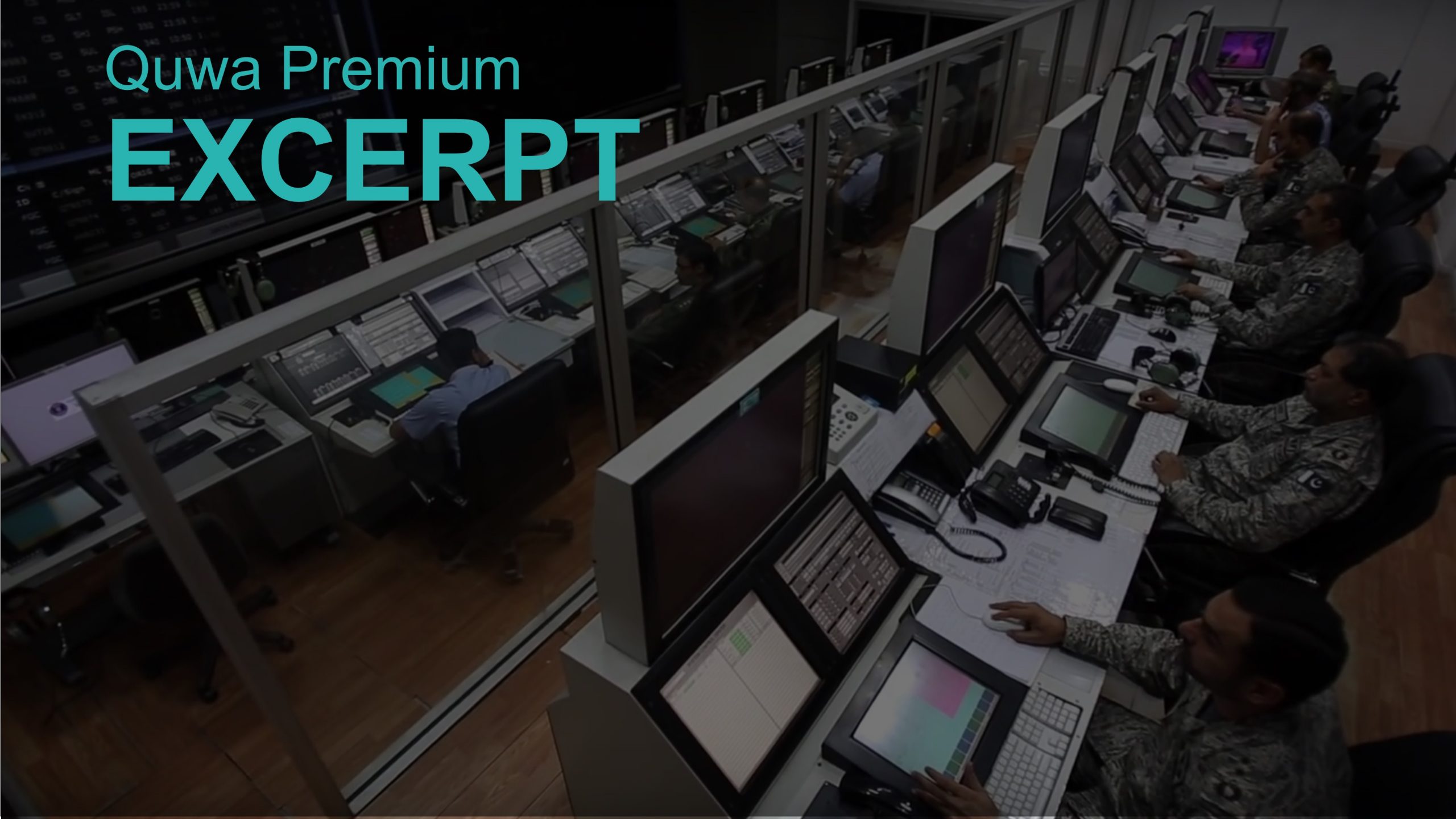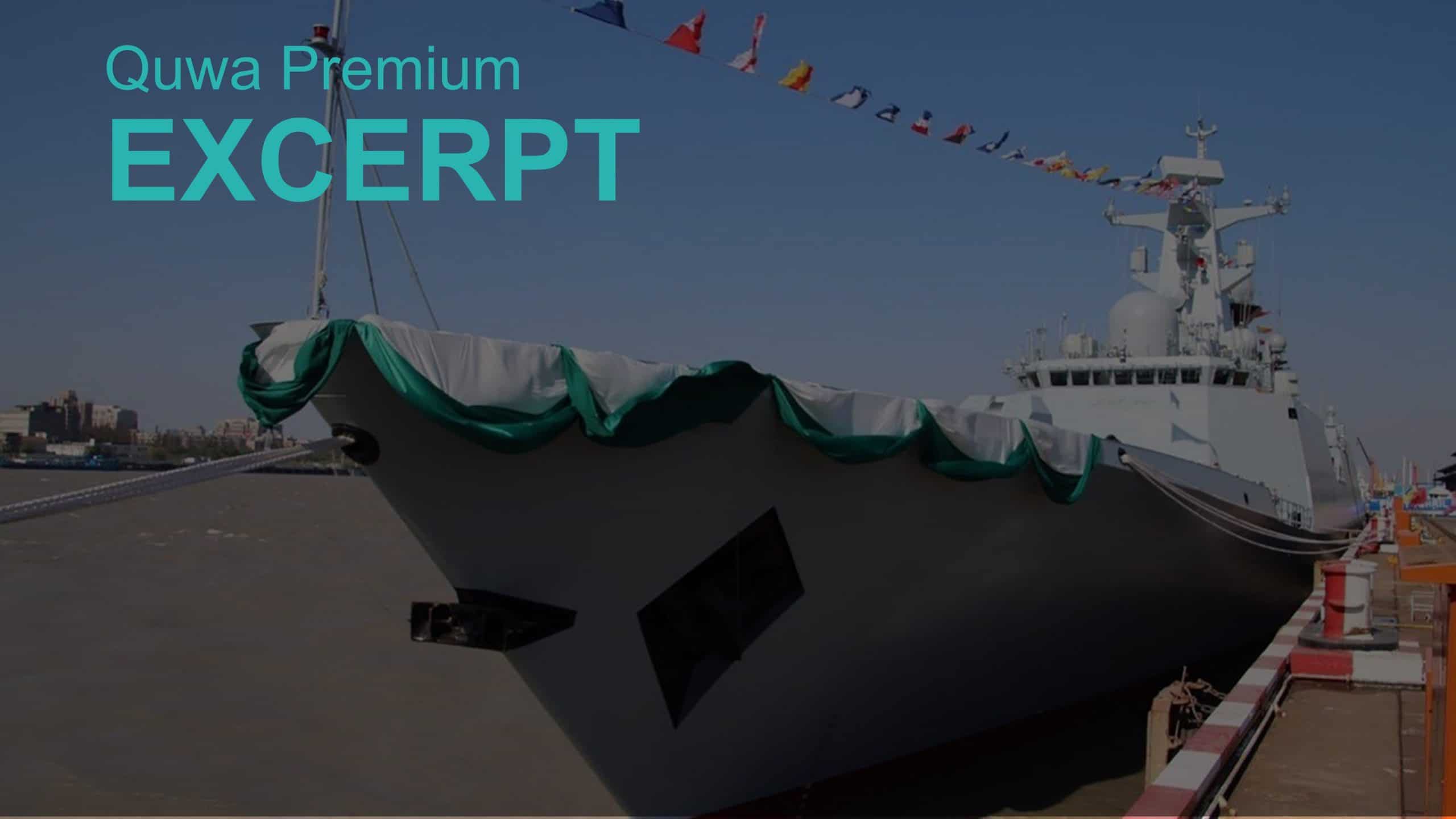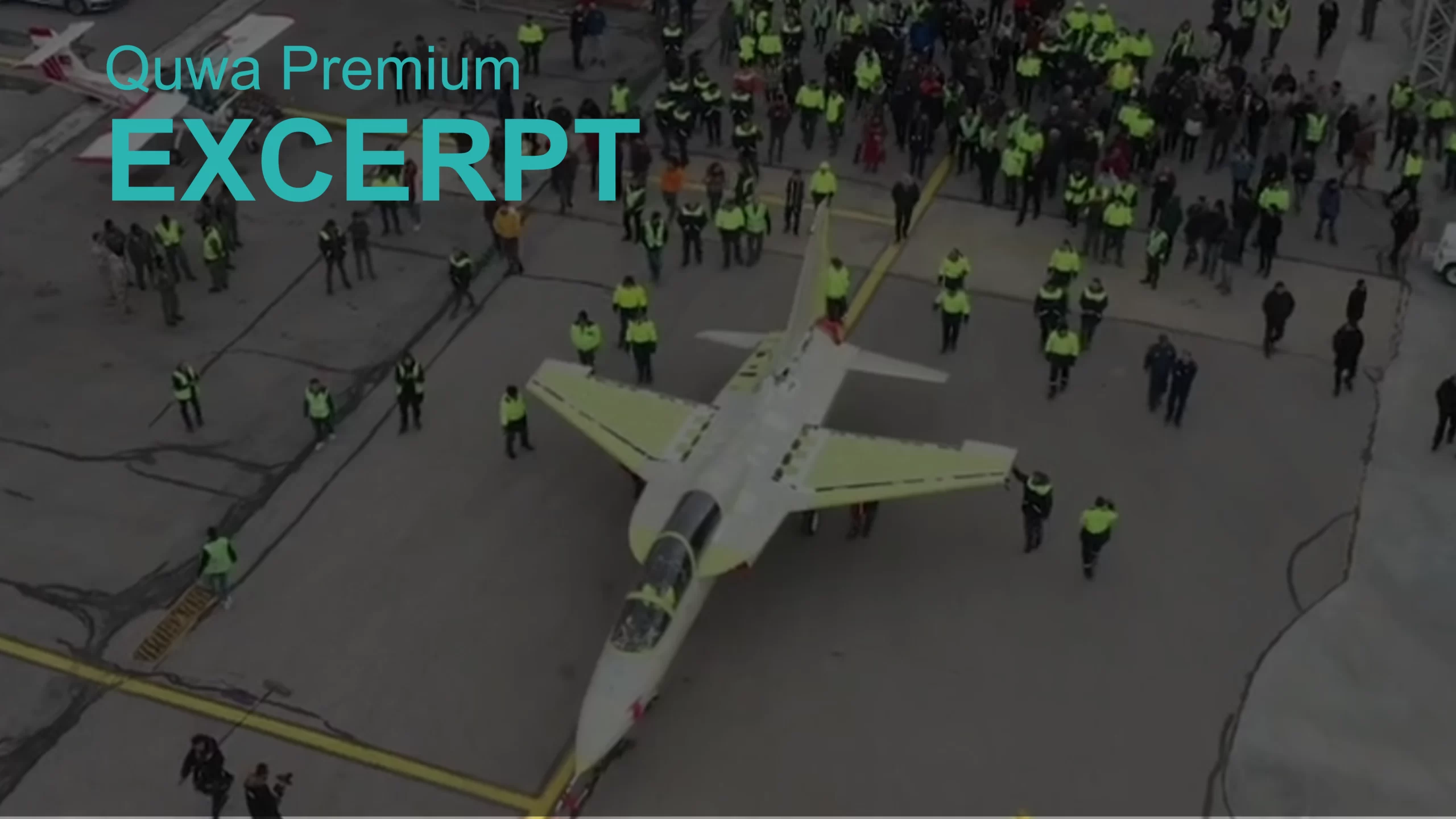2020Views

Pakistan’s C4I Evolution
Compared to India, Pakistan’s ability to acquire the latest fighter aircraft and other sophisticated weapons (especially from the West) is markedly more limited. However, the nature of modern warfare is that there is more to the accumulation of assets. The key to building an advantage is not the asset in of itself, but its benefit, such as additional striking range, greater target detection, and expanded situational awareness.
Pakistan is working to improve its capabilities across each of the aforementioned areas, but its focus on building situational awareness is interesting. To improve its intelligence, surveillance, and reconnaissance (ISR) capabilities, Pakistan is investing in acquiring and organizing its land, sea, air, and space-based assets.
Radar: Recognized Air & Maritime Picture
In 1999, the Pakistan Air Force (PAF) started an initiative to build one coverage picture using the radars of each of the tri-services. Designated the ‘Recognized Air and Maritime Picture’ (RAMP), the system is active and leverages the PAF’s airborne early warning and control (AEW&C) aircraft alongside the land and sea-based radars of the Pakistan Army (PA) and Pakistan Navy (PN), respectively…[subscribe to Quwa Premium to complete article].
ELINT/SIGINT/ESM: Leveraging Drones
Pakistan currently has two new medium-altitude long-endurance (MALE) unmanned aerial vehicles (UAV) in development: the Shahpar-2 by the National Engineering and Scientific Commission (NESCOM) and the 1.5-ton UAV by Pakistan Aeronautical Complex (PAC). Combined with a growing satellite communications (SATCOM) capability, Pakistan will gain the ability to operate drones at long ranges.
From an ISR standpoint, drones can support Pakistan’s ISR in multiple ways. The oldest method, one that Pakistan already employs, is building real-time visual-feeds of areas of interest. Pakistan’s current drones, notably the Falco and Shahpar, can be equipped with electro-optical (EO) turrets and provide those feeds.
However, those UAVs are limited in capability due to their lesser payloads and lack of beyond-line-of-sight (BLoS) communication. The latter limitation requires the drone operators to be within a certain range – usually 280 km or less – to operate the UAVs. But with satellite communication (SATCOM), Pakistan’s new drones will not have this limitation; with BLoS-capability, they can potentially operate at up to 1,000 km.
With SATCOM and BLoS-capability, Pakistan can deploy UAVs for long-range missions, such as patrolling the borders. However, it is unlikely that Pakistan would limit its drone usage to simply monitoring borders. It will likely look at other applications as well, notably electronic intelligence (ELINT), signals intelligence (SIGINT), and surveying areas or terrain for mapping…[subscribe to Quwa Premium to complete article].
Satellites for Enabling Drones and Imaging Intelligence
The quiet revelation of the PAF’s ‘Space Command’ shows an organized effort to build-up satellite assets and cohesively manage them. Pakistan has yet to explicitly commission ‘military satellites,’ but the intent to acquire various space-based capabilities is certainly in place.
The Shahpar-2 and PAC UAV both contain room for SATCOM terminals. Pakistan’s upcoming satellite, the PakSat-MM1R, will contain C, Ku, and Ka-band transponders. Pakistan could potentially use the latter two bands to operate its MALE UAVs at BLoS ranges. Besides more pervasive border surveillance, SATCOM can unlock an expanded ELINT and SIGINT coverage through drones…[subscribe to Quwa Premium to complete article].
End of Excerpt (498 / 1,266 words)
You can read the complete article by logging in (click here) or subscribing to Quwa Premium (click here).
For more insights on Pakistan’s strategic programs, see:
- Pakistan Reveals its Own ‘Space Command’
- Pakistan Looks to Expand Satellite Programs
- Pakistan’s UAV Development, Deployment, and Future
- The Push to Boost Pakistan’s Space Program
- A Look at Pakistan’s New Instrumented Weapons Test Range
- Project AZM: Updates to Pakistan’s Next-Generation Fighter Program
- The Future of Pakistan’s Airborne Nuclear Deterrence Capability


